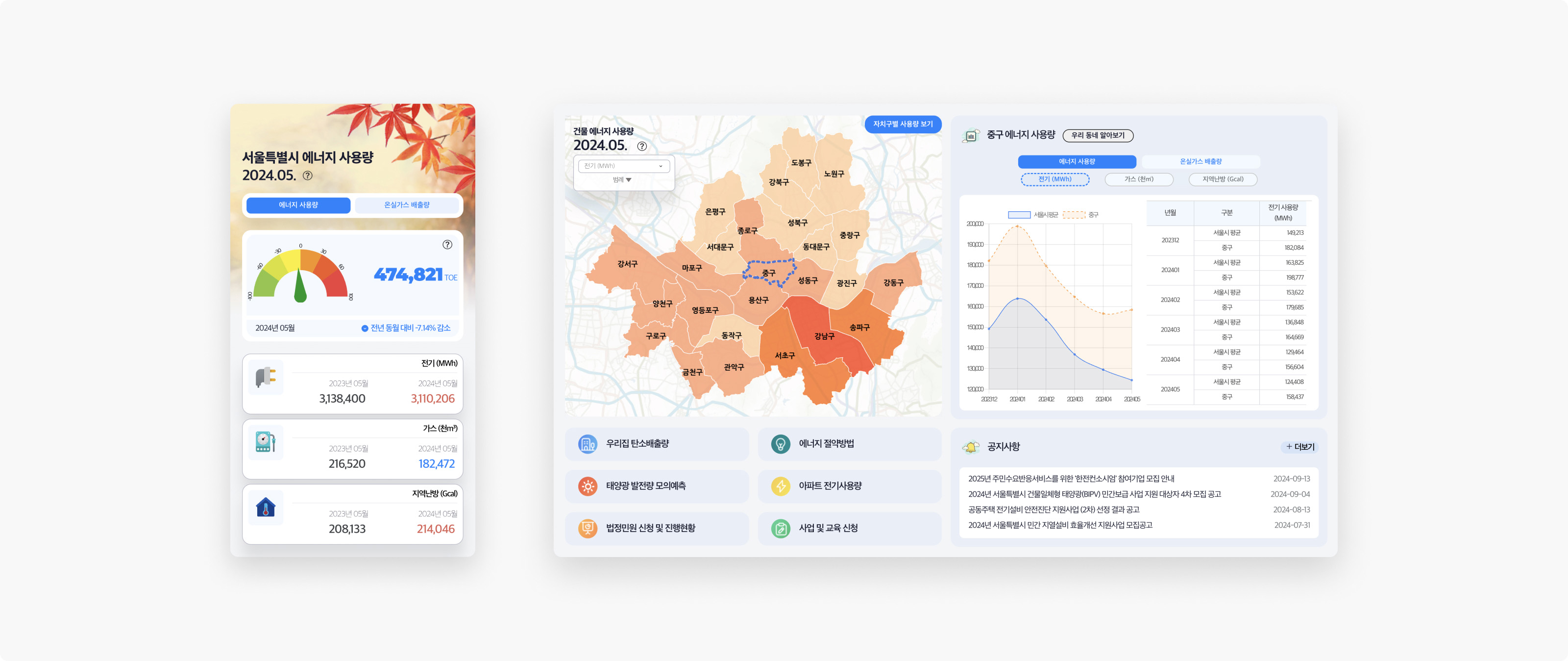
01 Flexibility Resource Business
Enhancing Energy Efficiency with Plus DR and VGI
To address power system challenges resulting from the growth of renewable energy, we are promoting projects focused on using the electric vehicles as the flexible resource. The Plus DR program encourages electric vehicles to charge their batteries when power is supplied more than what is needed, while VGI technology allows us to use the EV batteries as the flexibility resource, charging and discharging as necessary. The goal is to stabilize the power system and offer greater convenience to EV charging.













